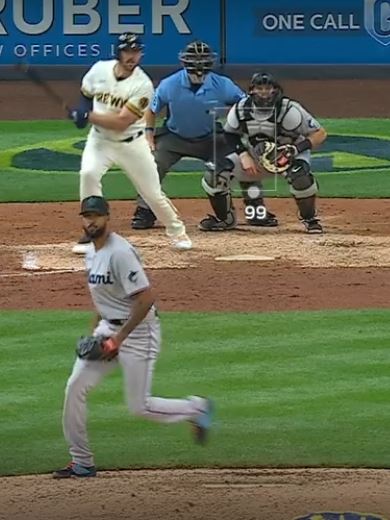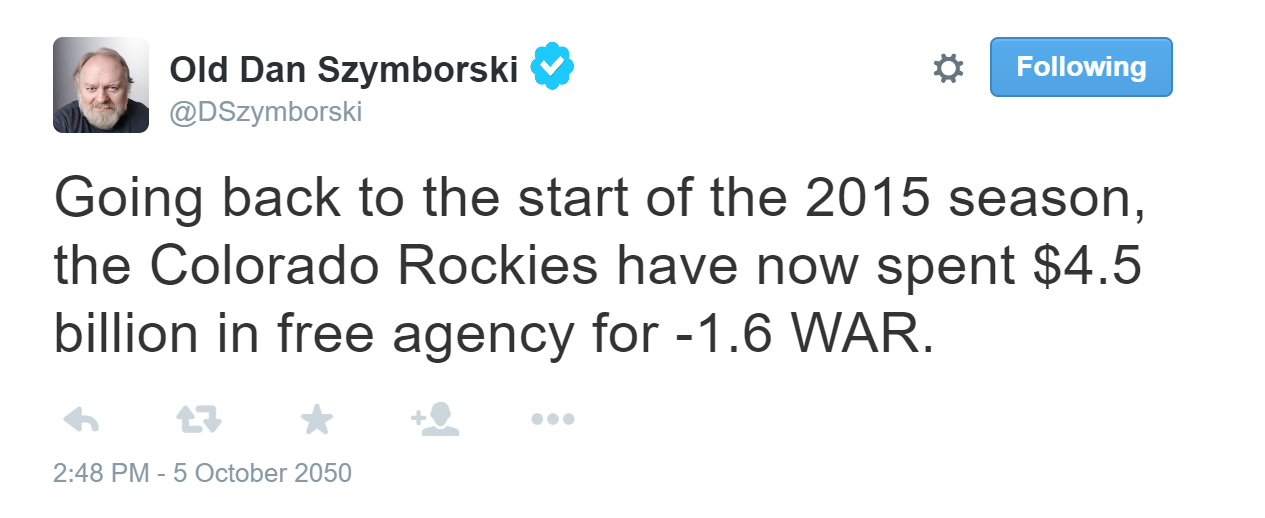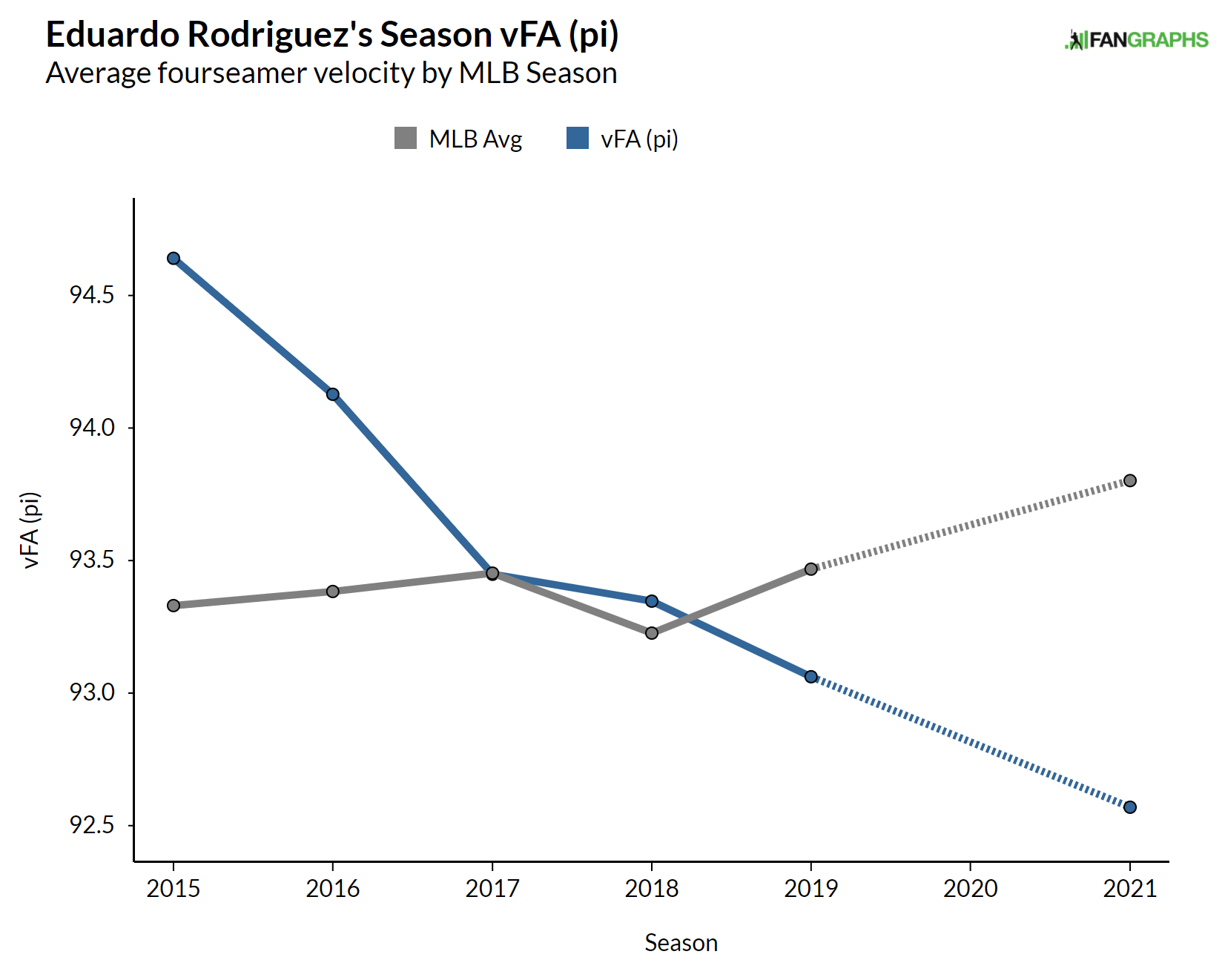Position Players Are Suddenly — and Probably Fleetingly — Decent at Pitching
The moment was certainly worth a chuckle. In the seventh inning of a 10-0 drubbing by the Braves on Wednesday night, Cubs first baseman Anthony Rizzo took the mound. After retiring Johan Camargo on a grounder to first and then walking Ronald Acuña Jr., the NL leader in wRC+, the lefty-tossing Rizzo faced off against lefty-swinging Freddie Freeman, the reigning MVP — and struck him out.
Neither combatant could keep a straight face as Rizzo fell behind 2-0 via a slow curveball that was about two feet outside, and then a 70-mph fastball that missed the outside corner. Freeman laid off another 70-mph fastball that was in the zone, fouled one off that was a few clicks faster, and then went down swinging at a sweeping 61-mph curve that was low in the zone.
“I couldn’t stop laughing as I was going up to the plate,” Freeman told reporters afterwards. “It’s a recipe for disaster.”
“He’ll have that over me forever. But that’s one strikeout I’m OK with. That was fun. It was fun to be a part of.”



 Dan Szymborski
Dan Szymborski
